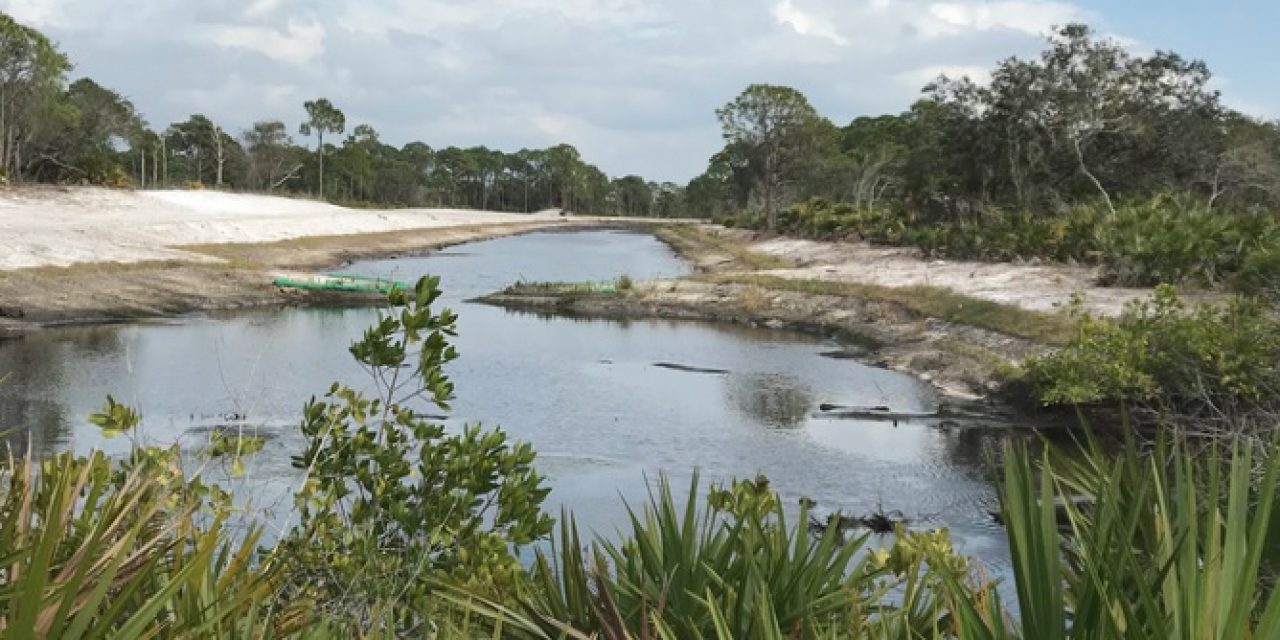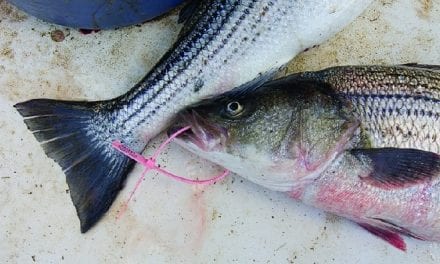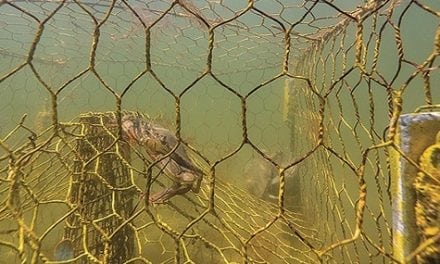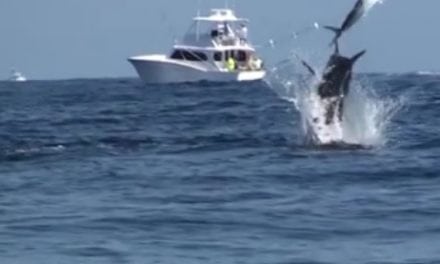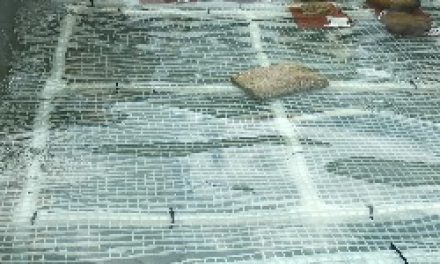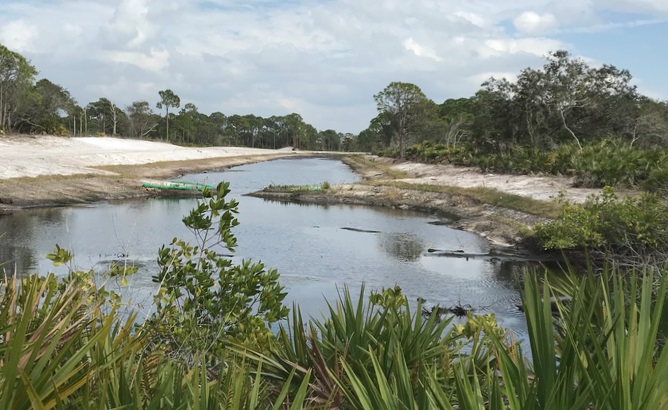
You know from previous BTT blog posts that tarpon can undertake migrations that seasonally connect large geographic areas. But there’s another way that tarpon throughout the southeastern US, Gulf of Mexico, and Caribbean Sea are connected: larval mixing. In the spring or summer (depending on location), adult tarpon form large aggregations before they move offshore to spawn. Tarpon spawn by releasing the sperm and eggs into open water. The eggs fertilize outside the body—that’s where the mixing comes in. The larvae are transported by the currents and dispersed down the coastlines. Some larvae are able to find available habitat, but due to the massive amounts of coastal development, some are not.
When larvae survive and find viable habitat, they transform into juveniles. Juvenile tarpon inhabit coastal back bays and estuarine creeks that typically have calm waters, low dissolved oxygen, vegetative structure, and a mixture of deep and shallow water. Through BTT’s Juvenile Tarpon Habitat Mapping Project, we’ve found that 86% of reported nursery habitats have been degraded through coastal development, altered freshwater flows, or excess nutrients and contaminants entering the system. BTT studies show that juveniles in these types of habitats exhibit slow growth and move into the estuary at small sizes, which means their chance for survival is low. Tarpon are a long-lived species and reach maturity at about 10 years old. This means that by the time we see a decline in the number of adults resulting from too few juveniles surviving degraded habitats, it will be far too late to save the species.
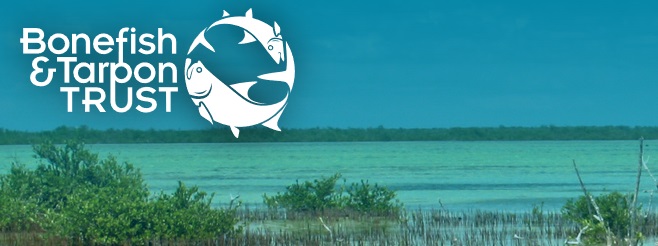 Think of it this way: a Texas-born female and a male form South Carolina meet up in Boca Grande to spawn. Their larvae get carried inshore and end up in an estuarine creek in Tampa Bay, FL. Likewise, when that Tampa Bay juvenile becomes an adult, it can spawn in the Florida Keys and a tropical storm could transport its larvae to a Louisiana bayou. All of these habitats are connected and if we want to conserve our tarpon fishery, we must conserve nursery habitat. Anglers need to be concerned not only about what’s going on in their backyards, but also across the region.
Think of it this way: a Texas-born female and a male form South Carolina meet up in Boca Grande to spawn. Their larvae get carried inshore and end up in an estuarine creek in Tampa Bay, FL. Likewise, when that Tampa Bay juvenile becomes an adult, it can spawn in the Florida Keys and a tropical storm could transport its larvae to a Louisiana bayou. All of these habitats are connected and if we want to conserve our tarpon fishery, we must conserve nursery habitat. Anglers need to be concerned not only about what’s going on in their backyards, but also across the region.
Habitat loss is crippling nursery habitats throughout the geographic range of tarpon and our only options now are to protect what is left and restore what we can. Unfortunately, fisheries resource managers currently do not incorporate habitat into management plans. For a species like tarpon that is predominately catch and release, changing slot limits and seasonal closures won’t fix the problem of population decline. Anglers must be the voice for habitat. It is our duty to advocate for habitat protection by contacting our fisheries managers and legislators. We must also conserve habitat ourselves by being conscious of the pollutants that we put into our watersheds (fertilizers and litter), and not destroying shallow areas (seagrass beds and sand flats) when running our boats. These habitats and our fisheries are all connected and by banning together to conserve these critical habitats, we can conserve the fishery for generations to come. Photo: JoEllen Wilson
Related articles:
Knowing how to catch a giant tarpon is half the battle
The Results Are In For On The Tarpon Genetics Program
Targeting Tarpon In The Central West Region With Capt. Geoff Page
BTT Needs Your Help to Identify Juvenile Tarpon Habitats
The post Juvenile Tarpon Habitat Connectivity appeared first on OutDoors Unlimited Media and Magazine.

